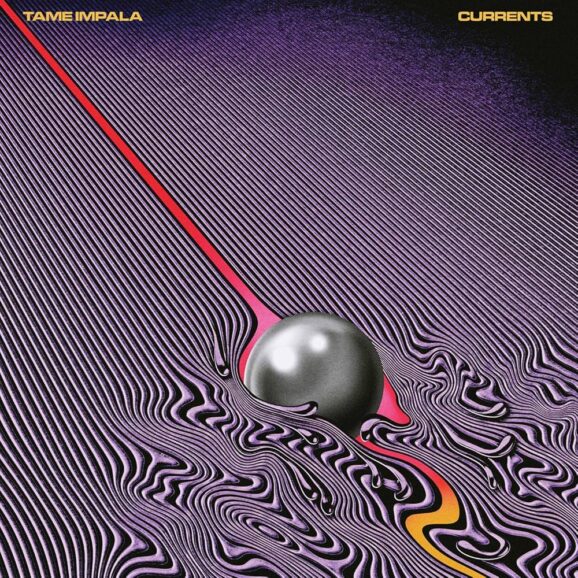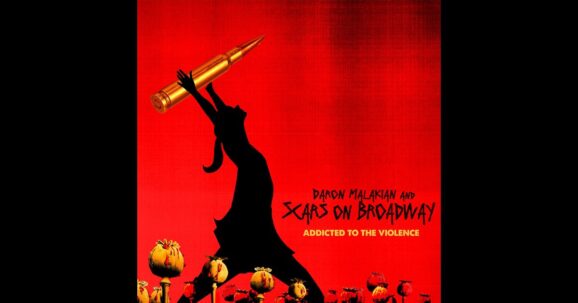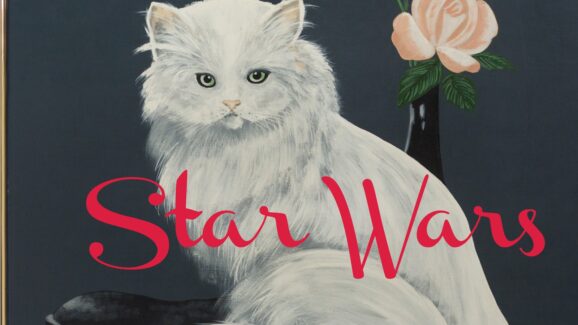[rating=9.00]
As you can tell from the big headline Eamon is a multi-media project. We will focus on the music but the accompanying graphic novel and its back story is essential to understanding both the impetus for the project and the musical pieces too. The title of the project and the four-composition orchestral suite is also Shorter’s title character for the graphic novel. “Emanon” is “no name” spelled backward, inspired by a Dizzy Gillespie piece in the late’40s that Shorter heard as teenager.
Shorter, now 84, has long been one of the most foremost composers in jazz but the orchestral approach is a new twist for him. Credit the inspiration to his long-time musical partner Miles Davis. Shorter remembers, “Just before Miles passed he said, ‘Wayne, I want you to write something for me with strings and an orchestra, but make sure you put a window in so I can get out of there.’ He definitely did not say, “Make the strings swing.” Working with an orchestra is like crossing the street and talking to a neighbor you haven’t talked to for 10 years. It’s the thing the world needs now: joining forces.”
The main driving force behind the character is Shorter’s lifelong comic book aficionado. He’s identified with heroes and alternate realms (which you may have gleaned from some of his compositions for Weather Report). Shorter even created his own comic book of blue ink drawings, Other Worlds, at age 15. At the suggestion of Blue Note president, Don Was, Shorter had investigated the well-respected Randy DuBurke’s illustrations in graphic novels on Malcolm X and Deadwood Dick. He could relate to DuBurke’s approach from his earliest childhood memories.
As it turns out, Shorter wanted DuBurke to be able to collaborate by listening to the musical vision that Shorter had already formed. He had four studio tracks: “Pegasus,” “Lotus,” “The Three Marias,” and “Prometheus Unbound.” Shorter’s quartet with pianist Danilo Perez, bassist John Patitucci, and drummer Brian Blade recorded this music with the 34-piece Orpheus Chamber Orchestra in February 2013, the day after a combined Carnegie Hall performance. With this music as his guide, DuBurke went to work on the sketches. Then, with these sketches in hand, the screenwriter Monica Sly, who helped Shorter and Herbie Hancock write their viral 2016 “Letter to the Next Generation of Artists,” worked with Shorter to develop and structure the graphic novel. The central idea is multiverse theory. So, each of four universes represented by each piece, exists simultaneously, in a way lining up with the in-the-moment improvisational nature of jazz. Each of the four pieces is meant to be rather dark, connoting fears that the novel tried to match.
Shorter’s beautiful soprano sax is at first heard only against dissonant piano chords before the orchestra joins on “Pegasus,” Emanon’s first world, addressing the complacency of people who fear their power and potential, instead living in prescribed boxes. The sweeping, suspenseful nature of this oft dramatic score, like the others that follow, is more like a twentieth century classical piece of Copland or Stravinsky than jazz. Yet, listen closely and you’ll hear a spontaneity that’s unlike most classical written scores. That’s because the Orpheus orchestra is conducted cooperatively by the musicians themselves. This was important to Shorter; that they grasped his vision and spirit for the expansive music.
”Prometheus Unbound” is about fear of the unknown and has the kind of orchestral sound one associates with sci-fi soundtracks as Shorter makes his entrance on soprano mid-piece following Perez’s piano sequence. “Lotus” speaks to the destructive effects of divisive thinking and how these fears could lead to war. The Buddhist symbol of the lotus flower presents an alternative which the character Emanon carries out in the story itself. The quartet has a bit more prominence here amidst the massive orchestral backdrop with Shorter again on soprano and Perez stretching out on piano propelled by Patitucci and Blade.
In “The Three Marias,” the novel has Emanon confronting the fear of knowledge that leads to censorship and curbing of freedoms. The name is from the real-life arrest of three Portuguese women for writing obscene literature. It’s originally heard in electric format on Shorter’s 1985 Atlantis album but here Shorter turned to Perez and Patitucci to orchestrate this version. Patitucci says, “I think he asked us in the spirt of a father challenging his sons. The two collaborated while on tour focusing mostly on the strings, sharing their progress with Shorter. Patitucci continues, “And after we’d performed it live, we wound up honing it even more – it was fitting, because that’s Wayne’s own method, endless revision.”
The remaining two discs are The Wayne Shorter Quartet Live in London comprised of all of the preceding pieces except “Pegasus” with “Lost and Orbits Medley,” (“Orbits” dates to Shorter’s Miles Davis Quintet tenure), “She Moves Through the Fair,” a showcase for Blade and Patitucci; and the soprano -punctuated “Adventures Aboard the Golden Mean.” “Pegasus” appeared on Shorter’s previous recording, 2013’s Without a Net, there performed with the Imani Winds. Like Without a Net, the enthusiastic audience response accents the brilliant solos from all four members. Yet, it’s the group interplay that is even more remarkable as they explore layers of melody, inventive harmonics and dazzling shifts in rhythm. Unlike the orchestral settings, Shorter plays both tenor and soprano, depending on the piece. For example, his tenor graces the first piece, “The Three Marias,” on which he played soprano in the orchestral setting. His quartet has been playing together since 2001; hence they are so tuned in; seemingly knowing each other’s every move, even though Shorter is as unpredictable as any. The crescendo that emphatically concludes “Prometheus Unbound,” the final three minutes or so, is a terrific snapshot of how tightly interwoven this unit is.
Emanon is fulfillment of a lifetime vision for Shorter, a chance to not only display his composing skills, but storytelling and art as well as his clear signature tone, (especially on soprano) and imaginative soloing. News just broke that Shorter will be a recipient of the Kennedy Center Honors this year and odds are, as a ten-time Grammy winner, he may be adding to that number with this work.
Note that Emanon is a physical-only release that will be available in two versions, a Standard Edition that packages 3x CDs with the graphic novel, and a Deluxe Edition that packages 3x 180g vinyl LPs and 3x CDs with the graphic novel enclosed in a hardcover slipcase.









